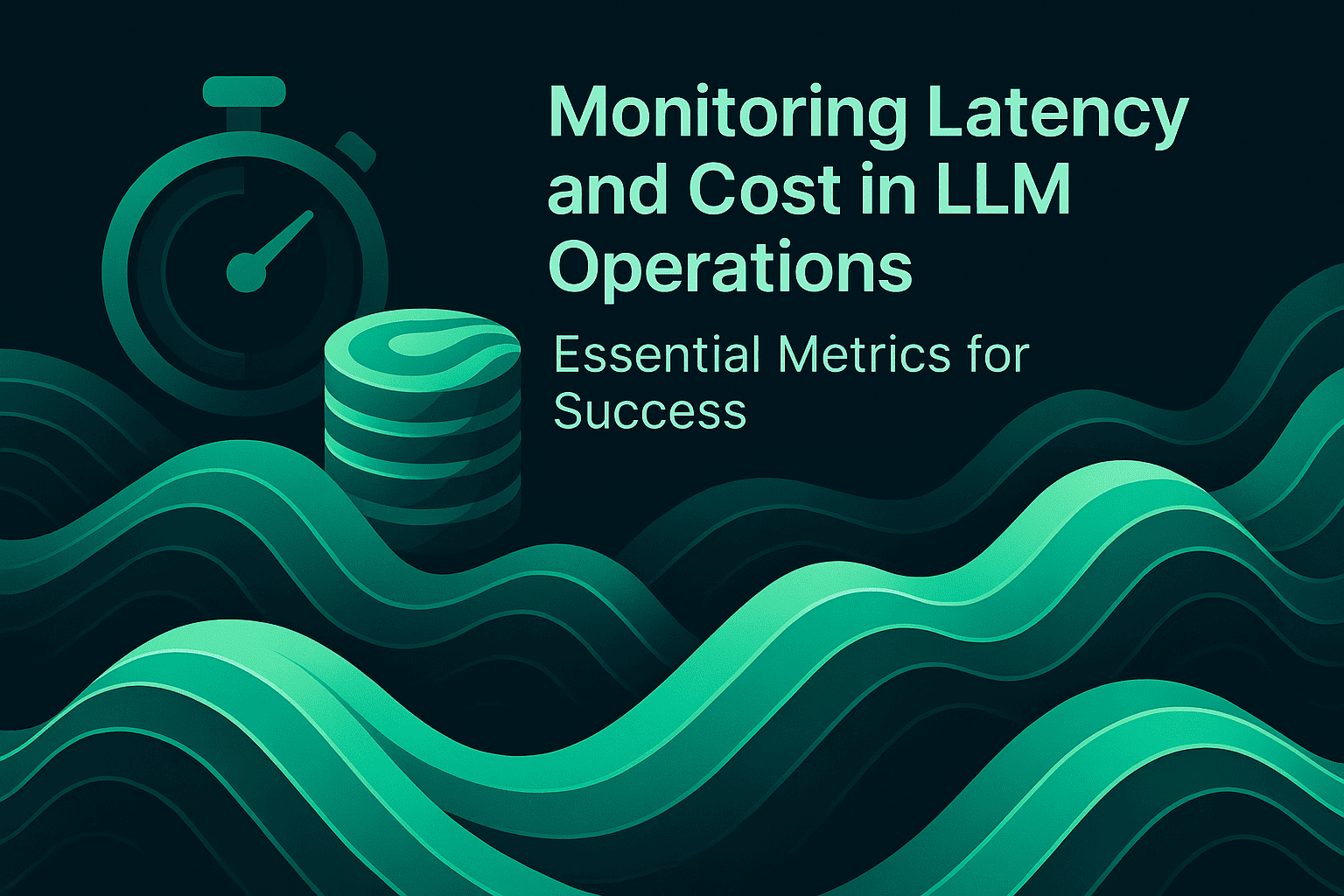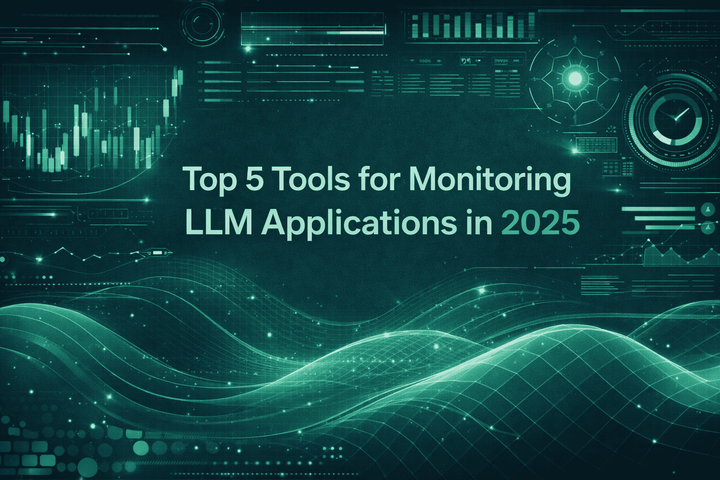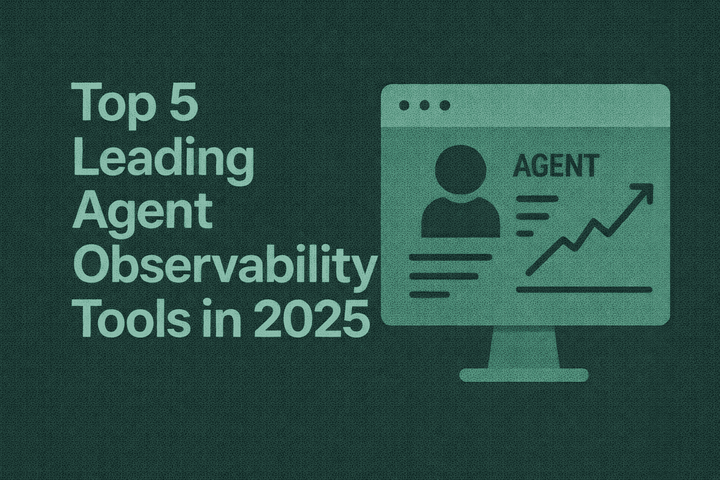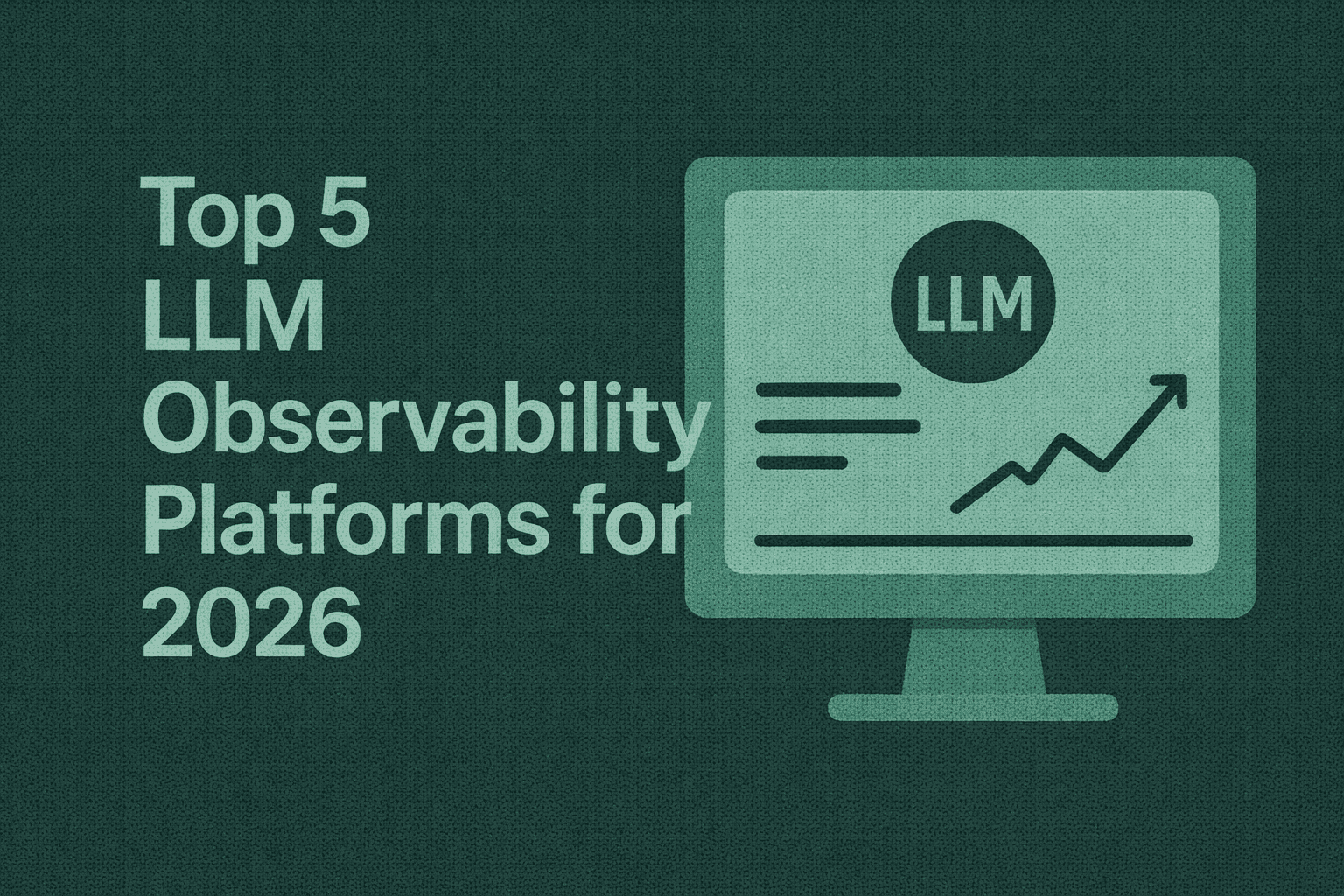Monitoring Latency and Cost in LLM Operations: Essential Metrics for Success

TLDR
LLM latency and cost shape user experience and unit economics. Focus on end-to-end traces, P95/P99 tails, token accounting, semantic caching, and automated evals. Operationalize improvements with Maxim’s observability, simulations, and governance, and use Bifrost’s unified gateway for reliable, cost-efficient routing, failover, and streaming. See Maxim’s products for agent observability and evals and Bifrost’s unified interface, automatic fallbacks, and semantic caching for production control. Agent Observability. Agent Simulation & Evaluation. Unified Interface. Automatic Fallbacks. Semantic Caching.
Monitoring Latency and Cost in LLM Operations: Essential Metrics for Success
Latency and cost determine whether AI agents feel responsive and whether their economics scale. Teams need observability across traces and spans, evaluation-backed guardrails, and a gateway that standardizes provider behavior while enforcing budgets and reliability. With Maxim for evals, simulations, and observability, and Bifrost for routing, failover, and caching, engineering and product teams can achieve trustworthy AI quality and predictable spend. Agent Observability. Agent Simulation & Evaluation. Unified Interface.
Latency: Measure End-to-End, Control Tails, Stream Early
Latency must be captured at the session, trace, and span levels across retrieval, tool calls, and inference. Tail percentiles P95/P99 often drive user-perceived slowness and timeouts in distributed systems; controlling tails is as important as reducing averages. Streaming improves perceived responsiveness by delivering tokens while background steps complete. Bifrost supports streaming and multimodal responses behind a consistent interface, helping teams standardize client behavior across providers. Streaming & Multimodal Support.
- End-to-end traces: Distributed tracing exposes orchestration latency from RAG, tools, and LLM calls. Maxim captures trace → span hierarchies and lets teams debug quality issues directly from production logs. Agent Observability.
- Model inference timing: Collect provider-returned timings and correlate with token throughput, context length, and temperature. Bifrost provides native observability and logging to instrument across providers. Observability features.
- Tail latency: In large-scale systems, tail latency harms aggregate performance and user experience; mitigation requires isolation and fallbacks. Automatic failover and load balancing in Bifrost reduce provider-specific spikes. Automatic Fallbacks & Load Balancing.
- Tool spans via MCP: External tools add I/O variability. The Model Context Protocol organizes tool usage and observability so you can isolate delays and bound operations. Model Context Protocol (MCP).
- Streaming benefits: Early token streaming lowers perceived latency and keeps users engaged while retrieval and ranking complete. Standardized streaming behavior simplifies client implementation. Streaming & Multimodal Support.
Evidence shows tail latency disproportionately affects user satisfaction and overall system performance, reinforcing the need for tail controls and failover.
Cost: Token Accounting, Budgets, Routing, and Caching
Cost must be measured and controlled at token granularity, then tied to product outcomes. Budget governance, model routing, and semantic caching drive predictable spend without degrading quality.
- Token-level accounting: Track prompt tokens, completion tokens, and totals per call. Aggregate by session, feature, and user to compute cost per resolved intent or successful task. Agent Observability.
- Budget governance: Enforce hierarchical budgets and virtual keys across teams and customer tiers. Bifrost provides usage tracking, rate limits, and access control. Governance & Budget Management.
- Model routing: Reserve larger models for complex reasoning; route routine tasks to efficient models. Bifrost’s unified interface and drop-in replacement simplify provider diversification and predictable economics. Drop-in Replacement. Multi-Provider Support.
- Semantic caching ROI: Cache similar responses to cut tokens and latency while preserving quality via similarity thresholds and freshness policies. Semantic Caching.
- Outcome-aligned economics: Track cost per successful task, high-quality conversation, or resolved intent rather than raw usage, aligning cost with product value. Agent Simulation & Evaluation.
RAG and Tooling: Trace Retrieval, Evaluate Grounding, Reduce Hallucinations
Retrieval quality influences grounding fidelity, accuracy, and cost. Poor retrieval can increase hallucinations and token usage without improving outcomes. Instrument RAG traces, evaluate grounding, and continuously refine datasets. Agent Simulation & Evaluation.
- RAG tracing: Measure index query latency, embedding generation, ranking, and context assembly as separate spans to locate bottlenecks. Agent Observability.
- Grounding evals: Use LLM-as-a-judge, statistical, and human evaluators to score faithfulness and context match; filter low-quality traces from training datasets. Agent Simulation & Evaluation.
- Dataset curation: Build multi-modal datasets from production logs and human feedback; maintain splits for targeted evaluations and regression testing. Agent Observability.
- MCP tools: Bound tool latencies and instrument tool spans; consolidate connectors for filesystem, web, and databases with traceability. Model Context Protocol (MCP).
Research underscores that improved retrieval fidelity reduces hallucinations and supports accurate, efficient generation.
Operational Backbone: Observability, Evals, Simulations, and Gateway Controls
Reliability and cost discipline emerge from a backbone that combines distributed tracing, automated evals, simulation-driven coverage, and gateway governance.
- Observability and alerts: Monitor production logs, create repositories per app, and get real-time alerts for quality issues with minimal user impact. Agent Observability.
- Automated evals: Run scheduled quality checks on production traces; use deterministic, statistical, and LLM-as-a-judge evaluators at session, trace, or span levels. Agent Simulation & Evaluation.
- Simulations at scale: Test copilot and chatbot behaviors across personas and scenarios; analyze task completion and trajectory choices; re-run from any step to reproduce and fix issues. Agent Simulation & Evaluation.
- Gateway reliability: Enable automatic failover, load balancing, and multi-provider routing; apply rate limits and budgets centrally. Automatic Fallbacks. Governance.
- Observability in gateway: Collect native metrics, distributed tracing, and logs across providers with enterprise-grade controls. Observability features.
Practical Playbook: Lower Latency, Predict Cost, Improve Quality
This playbook aligns engineering and product workflows to deliver measurable improvements.
- Stream early: Enable token streaming to improve perceived responsiveness; standardize client behavior via gateway streaming interfaces. Streaming.
- Prompt discipline: Version prompts, trim boilerplate, and enforce context budgets; compare output quality, latency, and cost before rollouts. Playground++ for prompt engineering.
- Intelligent routing: Route tasks by complexity; diversify providers to avoid concentration risk; use automatic fallbacks to absorb provider outages or spikes. Drop-in Replacement. Automatic Fallbacks.
- Semantic caching strategy: Cache frequent intents with similarity thresholds and freshness rules; quantify latency and token savings per cache hit. Semantic Caching.
- Evals everywhere: Integrate evals in pre-release and production; combine human-in-the-loop for nuanced judgments; maintain dashboards that cut across intents, latency, cost, and cache ROI. Agent Simulation & Evaluation.
Conclusion
Monitoring LLM latency and cost requires end-to-end traces, tail controls, token-level accounting, and evaluation-driven guardrails. Combine Maxim’s observability, simulations, and evals with Bifrost’s unified gateway, failover, and semantic caching to deliver reliable, cost-efficient AI agents. Standardize streaming, version prompts, route intelligently, and measure outcomes—not just usage. See the platform in action with our demo and start instrumenting your agents today. Maxim Demo. Sign up for Maxim.


